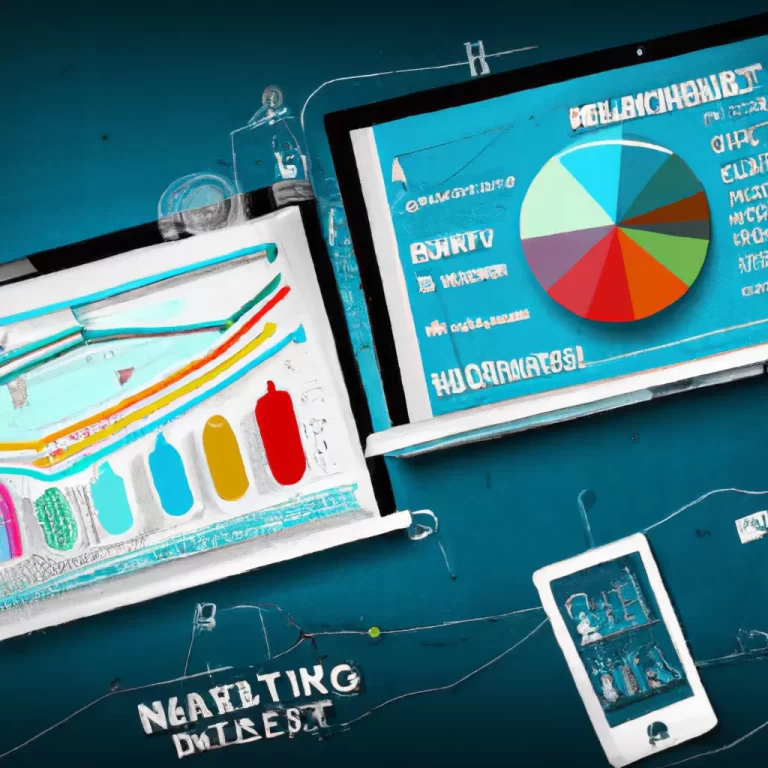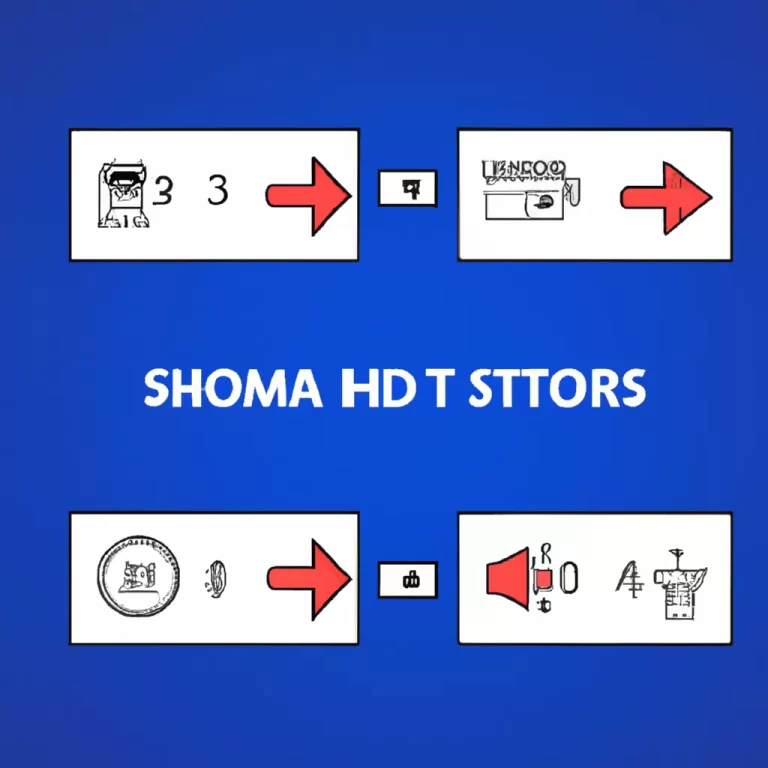5 Key Differences Between Affiliate Marketing and Drop shipping: Which Will Skyrocket Your Online Business Success?
In today’s digital age, starting an online business has become more accessible than ever before. With the rise of e-commerce, two popular business models have emerged: affiliate marketing and drop shipping. Both offer unique opportunities to entrepreneurs looking to make a mark in the online world. However, understanding the key differences between these two models is crucial for determining which one will best suit your goals and aspirations.
1. Ownership and Control
One of the most significant differences between affiliate marketing and drop shipping lies in ownership and control over products or services. In affiliate marketing, you act as a middleman by promoting other people’s products or services on your website or social media platforms. You earn a commission for every sale made through your referral link.
On the other hand, drop shipping allows you to create your own brand by sourcing products from suppliers and selling them directly to customers without having to handle inventory or shipping logistics. This gives you full control over product selection, pricing strategies, branding, customer experience, and overall business operations.
2. Investment Requirements
When it comes to investment requirements, drop shipping typically requires more upfront capital compared to affiliate marketing. As a drop shipper, you need to invest in setting up an e-commerce store (such as Shopify), purchasing inventory from suppliers upfront or paying for advertising campaigns.
Affiliate marketing offers a lower barrier to entry since it doesn’t require any initial investment in product inventory or shipping costs. All you need is a platform (website/blog/social media) where you can promote relevant products/services through unique tracking links provided by merchants.
3. Profit Margins
Profit margins play a crucial role when deciding between affiliate marketing and drop shipping as they directly impact your bottom line earnings potential.
As an affiliate marketer, commissions are usually set percentages of each sale made through your referral link – typically ranging from 5% – 30%. While this may seem lower compared to drop shipping, affiliate marketing allows you to earn passive income without the hassle of inventory management or customer support.
Drop shipping, on the other hand, offers higher profit margins since you have control over pricing. By sourcing products at wholesale prices and selling them at a retail price, you can potentially achieve higher profits Per sale. However, it’s essential to consider additional costs such as advertising expenses and shipping fees that may eat into your overall profit margin.
4. Customer Relationships
Another critical distinction between affiliate marketing and drop shipping lies in the nature of customer relationships.
In affiliate marketing, your primary focus is driving traffic and conversions through your referral links. Once a visitor clicks on your link and makes a purchase from the merchant’s website, your involvement ends there. You don’t have direct contact with customers or handle any post-sale interactions.
Drop shipping allows for more personalized customer interactions since you are responsible for order fulfillment and customer support. This enables you to build stronger relationships with customers by providing exceptional service throughout their buying journey – leading to potential repeat business and positive word-of-mouth referrals.
5. Scalability Potential
Scalability is an important consideration when choosing a business model that will skyrocket your online success in the long run.
Affiliate marketing offers excellent scalability potential as it allows you to promote multiple products across various niches simultaneously. With effective digital marketing strategies like SEO (Search Engine Optimization) or content creation, you can reach a broader audience without worrying about inventory management or logistics issues.
Drop shipping also provides scalability opportunities; however, it requires more effort in terms of product research, supplier management, order fulfillment processes optimization while maintaining consistent quality standards for scaling operations successfully.
Conclusion:
Both affiliate marketing and drop shipping present unique opportunities for entrepreneurs looking to establish successful online businesses. Ultimately, deciding which model will skyrocket your online success depends on factors such as ownership/control preferences over products/services offered; investment requirements; profit margins; customer relationships; and scalability potential.
If you prefer a hands-off approach, passive income generation, and don’t want to deal with inventory management or customer support, affiliate marketing might be the ideal choice for you. On the other hand, if you enjoy building your brand, having control over pricing strategies, and providing personalized customer experiences while managing logistics efficiently – drop shipping can be a highly rewarding venture.
Regardless of which path you choose, it’s crucial to invest time in learning about digital marketing techniques and staying updated with industry trends. By leveraging your strengths and understanding these key differences between affiliate marketing and drop shipping models, you can make an informed decision that aligns with your goals and paves the way for online business success.







